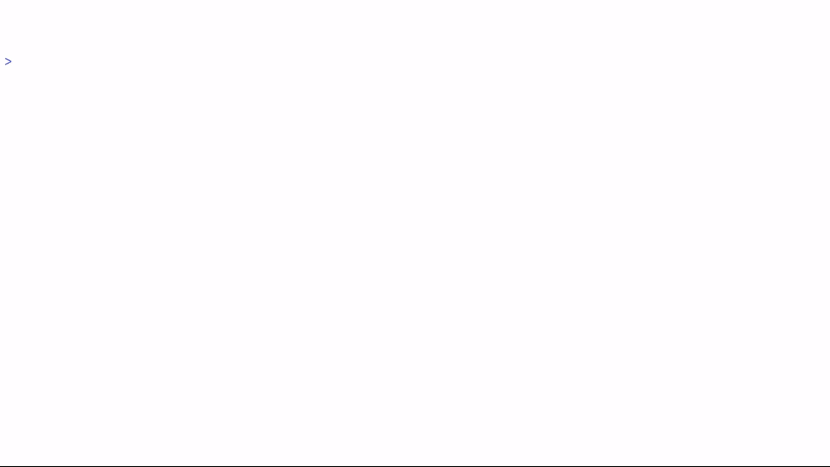An opiniated way of managing changelogs adhering to the keepachangelog guidelines.

The preferred method, since you receive updates via brew update and it works on MacOS, Linux and WSL.
Shell completions are installed automatically, so tabbing for command or argument completions just works.
brew install niclasvaneyk/keepac/keepacNote: You likely need to open a new shell instance after the installation succeeds in order for the completions to work properly
Pre-built binaries and bundles can be downloaded from the GitHub Releases Page.
It contains .deb, .rpm, .exe and other formats for a variety of CPU architectures.
These do not get automatic updates and depending on the format you may need to install the shell completions yourself.
If you are not able to download and install a pre-built version, you may build one yourself by cloning this repository and running go build -o changelog.
Writing changelogs is not rocket science, but the process definitely feels more manual than other workflows.
-
You need to find the
CHANGELOG.mdin your project and open it in your editor:# Changelog ## [2.3.4] - 2023-06-06 ...
-
You then create a new section for the next release
# Changelog + ## [Unreleased] ## [2.3.4] - 2023-06-06 ...
-
another one for bug fixes
# Changelog ## [Unreleased] + ### Fixed ## [2.3.4] - 2023-06-06 ...
-
and finally document your fix:
# Changelog ## [Unreleased] ### Fixed + - A bug that lead to X when doing Y ## [2.3.4] - 2023-06-06 ...
-
then you save the document, close your editor and you are done.
Presenting this as a list makes it look like more effort than it actually is, but each step requires tiny ammounts of mental effort and could prevent someone from keeping a changelog.
With keepac you could have done all of this by running
changelog fixed "A bug that lead to X when doing Y"inside your terminal, similar to how you would do it with git.
Missing sections are added on-demand and sections are always added in the same order.
It can be run from anywhere inside your project, since it recursively searches upward the directory tree for a CHANGELOG.md file.
Less thinking how to do something and more focus on the what.
Finds the nearest CHANGELOG.md relative to the current working directory and prints it to the console.

If none is found, keepac will recursively walk upwards the directory tree until it either reaches the root or finds one.
Note: "The nearest changelog" will be used throughout this readme to refer to this upward search for
CHANGELOG.mdfiles.
While quite basic, this command can be used in conjunction with other tools to quickly build custom functionality.
Renders the nearest changelog right inside your terminal using charmbracelet/glamour.

Since keepac uses
glamourto render markdown, you can theme its output by setting theGLAMOUR_STYLEenvironment variable to one of the available styles or create your own.
Searches for changes matching the given search query.

Matches are displayed with contextual information, such as the version the change was released in and its type of change.
Creates an empty CHANGELOG.md file in the current directory which looks something like this:
# Changelog
All notable changes to this project will be documented in this file.
The format is based on [Keep a Changelog](https://keepachangelog.com/en/1.0.0/),
and this project adheres to [Semantic Versioning](https://semver.org/spec/v2.0.0.html).
## [Unreleased]
### AddedOpens the nearest changelog inside your $EDITOR.
If you did not set the $EDITOR environment variable, commands like xdg-open or open are used as a fallback.
Adds a new entry to one of your sections in the changelog.

Now we arrive at the more useful features of keepac.
Most of the edits to your changelog are additive and will most likely touch the next release.
This is why the keepachangelog guidelines suggest keeping the [Unreleased] section right at the top, so you don't have to scroll all the way to the bottom.
By default we assume you want to add to the next release, so running
changelog insertwill open up either your $EDITOR or an inline one if the $EDITOR environment variable is not set.
Describe your changes, close the editor and an entry .
Turns the [Unreleased] section into a proper versioned release.
You may pass a version adhering to SemVer or use the --major, --minor, --patch flags.
Note that there must be prior releases in order to use these!
By default the current date is used as the realease date, but you may override this using the --date option.
Marks the specified released as yanked. To cite Keep a Changelog:
Yanked releases are versions that had to be pulled because of a serious bug or security issue. Often these versions don't even appear in change logs. They should. This is how you should display them:
## [0.0.5] - 2014-12-13 [YANKED]The [YANKED] tag is loud for a reason. It's important for people to notice it. Since it's surrounded by brackets it's also easier to parse programmatically.